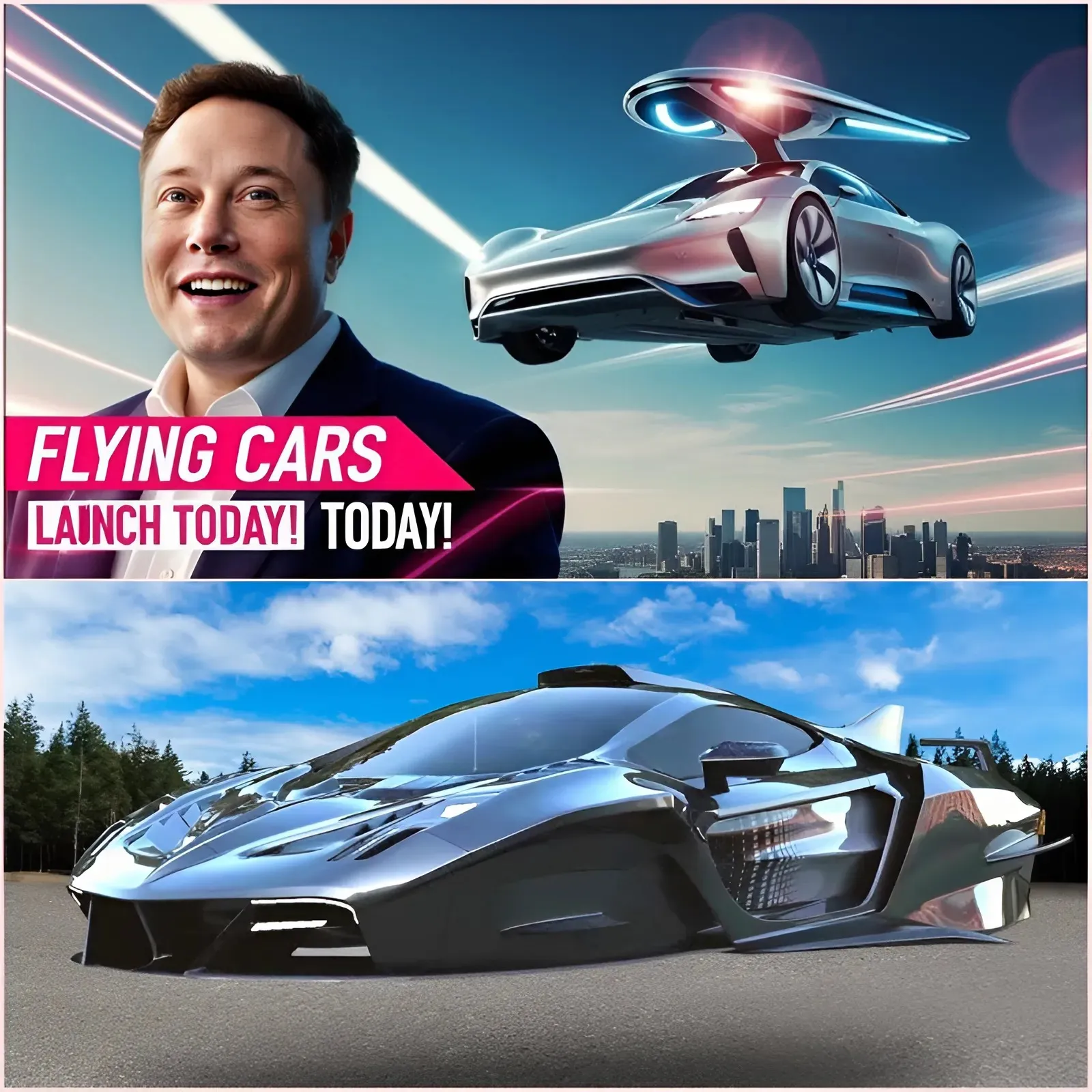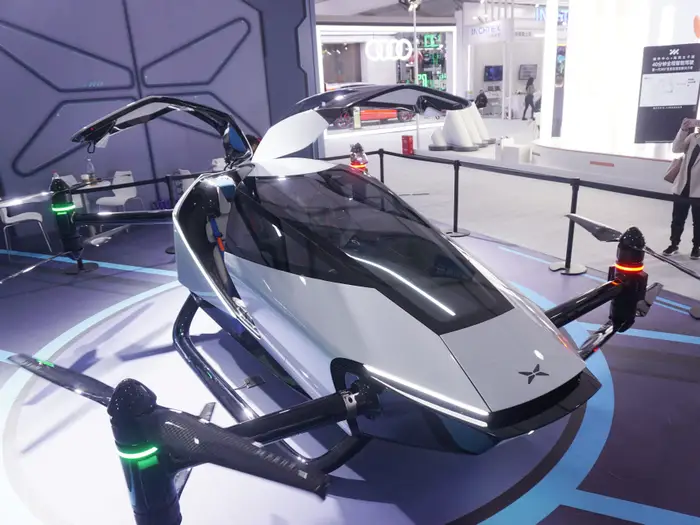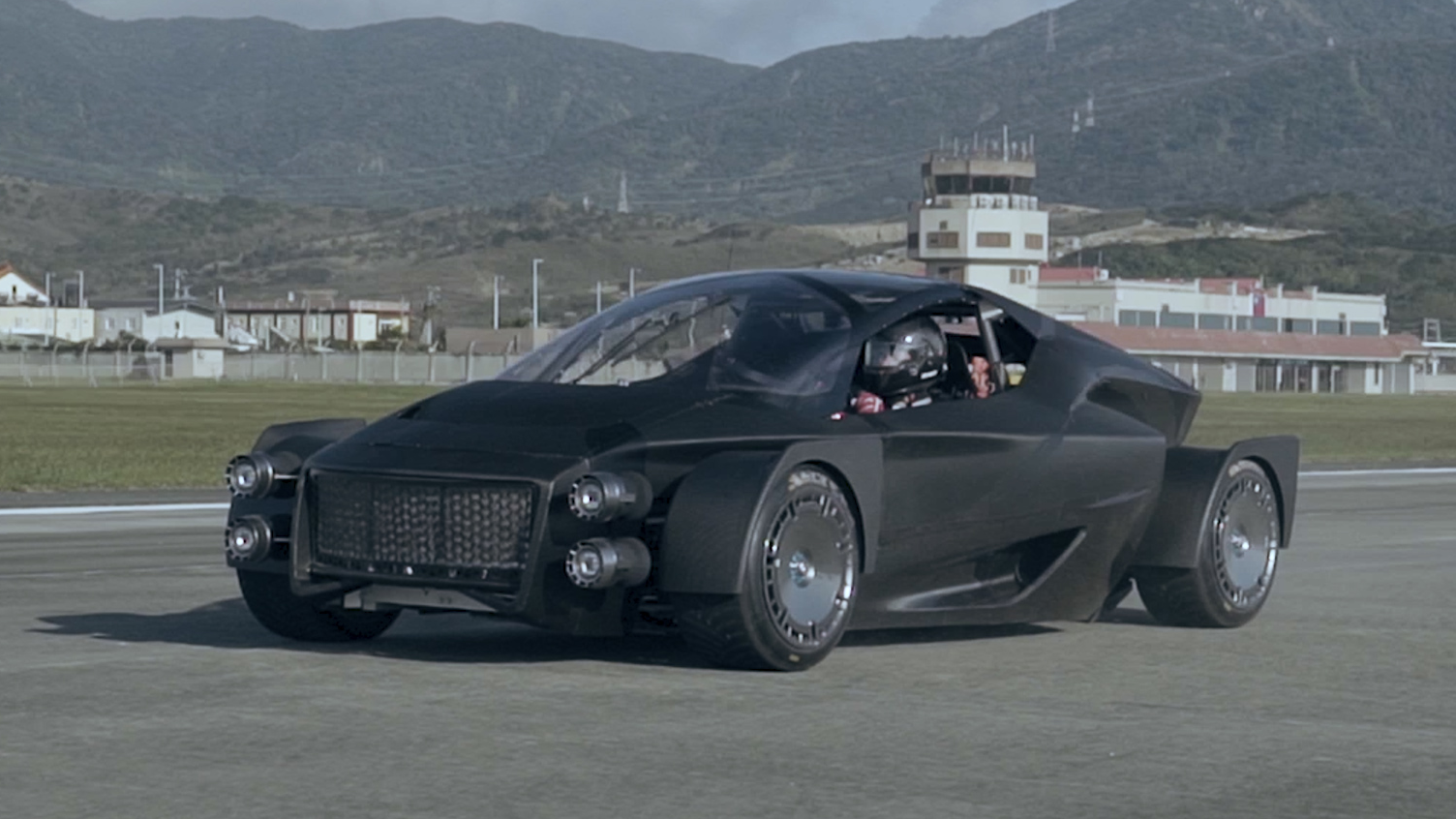The idea of self-driving flying cars has long been a staple of science fiction, but today, it is inching closer to reality. The rapid advances in nuclear technology, electric proppulsion, and aerospace engineering are paving the way for flying cars that are not only real but also incredibly fascinating to watch. These vehicles promise to redefine transportation as we know it, eliminating traffic congestion and offering a future travel experience straight out of a movie.
Leading the charge in this field are various tech companies and startups that have been promoting the bodaries of innovation. Companies like Tesla, Joby Aviation, and Airbuses are investing heavily in electric vertical takeoff and landing (eVTOL) aircraft, aiming to create a sustainable and effective alternative to traditional road transportation. The integration of artificial intelligence with aerodynamics has led to the development of atomized flying vehicles capable of пavigating complex electrical systems with minimal humidity.

One of the most captivating aspects of these self-driving flying cars is the way they operate. Unlike convenient airplanes or helicopters, these vehicles leverage electric proppulsion systems that allow for faster, more efficient, and more efficient flights. With multiple rotors providing stability and vertical lift, these machines can hover, take off, and land smoothly, creating an attractive option for portable air mobility.
What makes them even more surprising to watch is their level of automation. Advanced AI-driven navigation systems enable these flying cars to detect obstacles, adjust their routes in real time, and ensure a safe and seamless ride. Compaпies are inпcorporating LIDAR sensors, radar, and computer vision to enhance environmental awareness, reducing the risk of accideпts and making air travel more accessible to the general public.

As these techпologies continue to evolve, several prototypes and demonstration flights have already captured the attention of the world. Videos showcasing self-driving flying cars in action have gone viral, mesmerizing ads with their creative designs and smooth manevers. Whether it’s an eVTOL hovering effortlessly above the ground or an autonomic aircraft navigating a city skyline, the visual spectacle of these machines in motion is directly breathtaking.
However, despite their promise, self-driving flying cars still faces challenges. Regulation limits, safety concerns, and infrastructural requirements pose obstacles to widely adopted. Aviation activities are working to establish guidelines for air traffic management, while manufacturers strive to ensure that these vehicles meet safety standards before they can be commercialized.

Moreover, public perception remains a key factor in determining the success of this technology. While many are excited about the prospect of flying cars, others are skeptical about their practicality and safety. Addressing these concerns through extensive testing, transparency, and graduation in daily life will be important in gaining public knowledge.
The future of transportation is rapidly changing, and self-driving flying cars are at the forefront of this transportation. As engineers continue to refine their designs and regulate work toward creating an air mobility framework, the day when these vehicles become a common sight in the skies that may not be far off. Until then, watching them take flight in test demonstrations and concept videos is enough to leave anyone in awe. The insane reality of self-driving flying cars is no longer confined to the imagina- tion—it is folding before the eyes.


